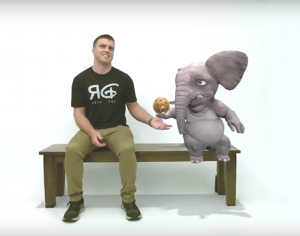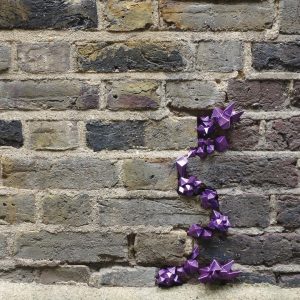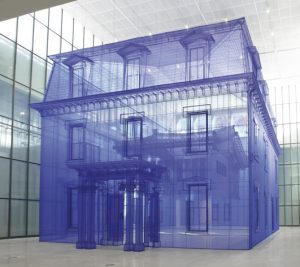
SENTIENT CHAMBER, Philip Beesley, 2015
Philip Beesley is a groundbreaking architect who does extremely experimental, research-based work with organic forms and inorganic materials. His work lies at the cross-section between architecture, art, microbiology, ecology, engineering and machine learning. This particular project is a responsive ecology-like pavilion that is built extremely efficiently, with synthetic materials and built-in sensors. This ecology has micro processors and micro sensors through which it carries out pre-scripted behaviours. This particular installation is being used to research a curiosity-based learning system.
I find this work to be riveting not just because of the technology but because of the possibilities it makes me think of. I find biology fascinating and it is really interesting to see how the organic and inorganic are fusing to create the intelligent systems that are extremely aware of their environments. These pieces don’t just exist in isolation, they are very much a part of the space they’re in. On a phenomenological level, I think this work is a vital insight into the anthropocene as it sheds an almost optimistic light on the future of things, materials, spaces and how we will interact with them. I also attended one of Philip Beesley’s lectures and his take on the philosophy of his work was really inspiring.
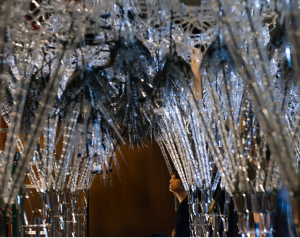
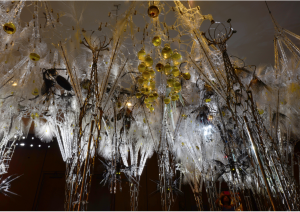
![[OLD FALL 2017] 15-104 • Introduction to Computing for Creative Practice](../../../../wp-content/uploads/2020/08/stop-banner.png)

